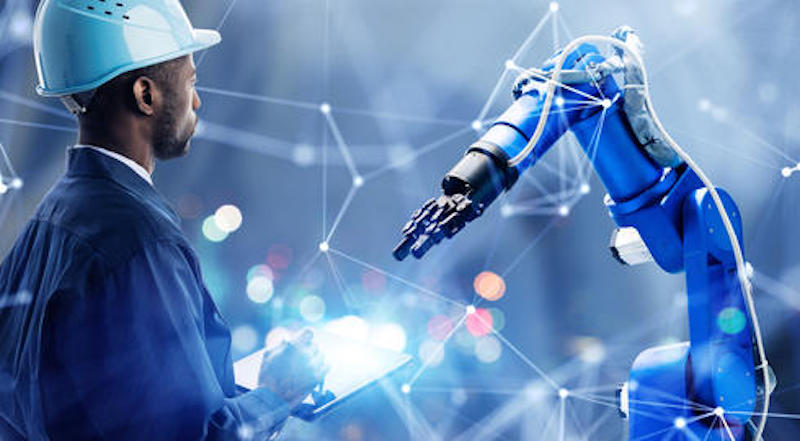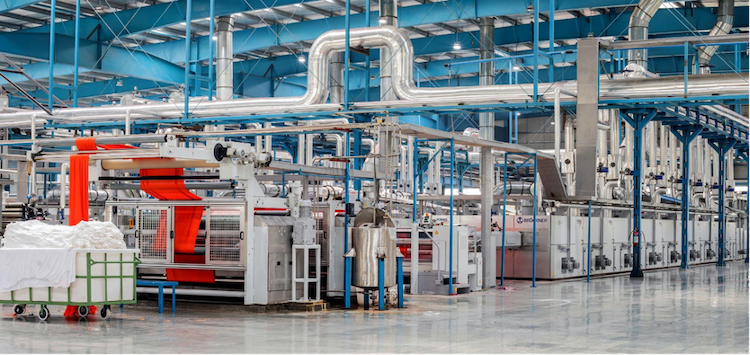
Several ways how robotic and other engineering solutions will support manufacturing
The international robotics market is continuously growing. Wondering what pluses robotic and other engineering solutions have the potential to bring to manufacturing? Check it now.
As stated in the World Robotics Report 2020 designed by the International Federation of Robotics, in 2020, nearly 3 million robotic solutions were working on plants around the globe.
The figure is about 11.5 percent bigger compared to 2019 (about 400,000 innovative robotic equipment was purchased and installed).
Nowadays, industrial automation, encouraged by the 4th Industrial Revolution, plays and will play a significant role in contemporary manufacturing facilities where it is transforming work procedures, employee collaboration, and the scope of skills that need to be demonstrated.
The future of work that will be after the Covid-19 pandemic, already now accentuates how working restrictions resulting from the recent pandemic have powerfully caused businesses and startups to invest more and more in autonomous robotic solutions, Industrial Internet of Things, and smart digital systems to prevent potential manufacturing outages and optimize security in the workplace.
Robots as well as other engineering solutions are modifying the international manufacturing industry and production approaches will not be the only aspects to get transformed.
A clear realizing of the key engineering solutions and trends currently defining the manufacturing sector and the way they will form the future will be vital to the success of the manufacturing of the future.
Let’s look at several ways how robotic and other engineering solutions will support manufacturing.
Need professional support regarding engineering manufacturing solutions? It is a great option to find and hire world-class engineers at various B2B engineering marketplaces, such as Engre.co.

Robots as a more powerful assistance for human operators
Though the future guarantees a more and more extensive implementation of robotic equipment in the manufacturing industry, this use is not intended as an option to greatly minimize human resources while increasing the number of robots and other engineering automated machines.
The final goal consists in automating heavy/repetitive activities, freeing human operators of carrying out heavy items but focusing on more specialist responsibilities.
With the help of cobots, engineers and contractors will be able to partner more efficiently with the support of industrial platforms and make factories a securer area to work. Cobots will perform work relevantly and fast even in tight rooms.
Moreover, cobots will be able to switch automatically from manufacturing mode to partnership mode whenever engineering teams require that.
This means that businesses will witness not only more effective manufacturing solutions being introduced in plants in the nearest future, but also that staff will need skill optimizations and novel competencies to operate with them.
In the future, current experienced specialists, as well as young ambitious graduates searching for employment in the manufacturing industry, will have to improve or acquire soft skills, such as problem-solving, the ability to assess novel operating contexts, and the potential to reveal new manufacturing approaches that can improve conventional plants via introducing digital solutions.
Creating a more ergonomic and flexible working environment
In the future, automation will go on reshaping the workplace and creating factories more productive and eco-friendly. Cobots will support engineers in generating open manufacturing lines that don’t require access limitations anymore.
This thing will improve industrial layouts, reduce the price to install various equipment, and minimize the occupation of floor rooms.
Automatic guided robots and other equipment will transform factory logistics because such significantly flexible robotic platforms can be programmed remotely and controlled implementing digital technologies to make sure that the logistic smart control occurs in close partnership with the engineering operator.
Entirely automated robotic solutions are designed to enhance all types of logistic flow in the nearest decades. To support cutting both physical stress and the fatigue connected with manual activities, staff can introduce wearable robotics, such as exoskeletons for implementation in both indoor and outdoor industrial contexts.
Supporting education in manufacturing
Potential tech advancements in man-machine partnership, as well as the digitalization of manufacturing, will enable robotic equipment to reveal applications in manufacturing.
In the future, we will observe automation solutions expanded or fully integrated while receiving education in manufacturing segments.
Educational robotic equipment will be widely implemented to support the teaching of subjects, such as Science, Technology, Engineering, and Mathematics or STEM, as well as educational disciplines, such as coding, work culture, and robotics.
Such equipment will deliver an efficient way of learning for not only college/ university students but also industry specialists. Robots possess such benefits as the ability to deliver stimulating lessons on the grounds of an interactive and intuitive teaching approach.
Generating innovative business models
Using collaborative robotic equipment and smart robotic solutions, businesses and startups can control more flexible and multi-purpose procedures. Cobots can function in close collaboration with employees in open spaces.
Additionally, it is easier to integrate cobots into manufacturing practices. They will allow businesses to experiment with innovative business models offering the manufacturing industry an opportunity to diversify procedures as well as enrich goods assortment.
